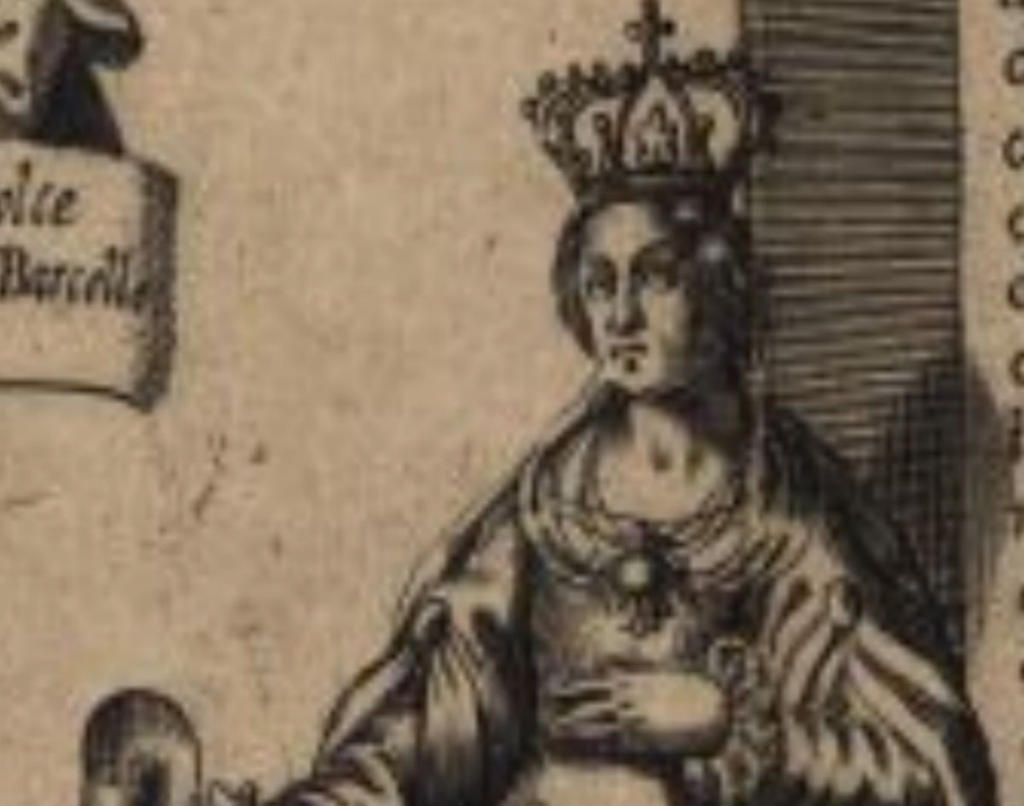There were several factors that likely influenced Matilda's marriage to King Afonso. Her father's participation in the Second Crusade may have played a role, as it would have aligned with the king's aspirations for territorial expansion and religious fervor. Additionally, choosing a wife outside the influence of neighboring Iberian kingdoms demonstrated the king's independence and strategic thinking. It is also possible that the marriage was suggested by Guido de Vico, a papal representative in the Iberian Peninsula, who sought to strengthen ties between the Church and the fledgling kingdom.
As queen consort, Matilda embraced her role with dedication and devotion. She displayed a strong affinity for the Cistercian Order and founded the Monasterio of Costa in Guimarães, as well as a hospital and hostel for pilgrims, the poor, and the sick in Canaveses. Her will emphasized the importance of maintaining cleanliness in the hospital and ensuring proper care for the residents. Matilda's philanthropic efforts and commitment to her faith left a lasting impact on the communities she served.
There is a controversial account by Walter Map, in his work "De nugis curialium", that suggests King Afonso had been convinced by evil counselors to murder his pregnant wife out of misplaced jealousy. However, this account lacks substantial evidence and is not widely accepted by historians.
Matilda and King Afonso's marriage bore seven children, each contributing to the kingdom's lineage and future. Their children included:
- Henry (1147-1155): Despite his young age, Henry represented his father at a council in Toledo when he was just three years old. Tragically, he passed away at the age of eight, shortly after the birth of his brother Sancho.
- Urraca (1148-1211): Urraca married King Ferdinand II of León and became the mother of King Alfonso IX. Although their marriage was annulled in 1171 or 1172, Urraca led a notable life in Zamora and the Monastery of Santa María in Wamba.
- Theresa (1151-1218): Countess consort of Flanders through her marriage to Philip I, Theresa later became the Duchess consort of Burgundy through her second marriage to Odo III.
- Mafalda (1153-after 1162): In her childhood, Mafalda was betrothed to Alfonso, future King Alfonso II of Aragon. However, the death of Ramón Berenguer IV led to a change in plans, and Alfonso married Sancha instead.
- Sancho I of Portugal (1154-1211): Sancho, the future king, was baptized with the name Martin due to his birth on the feast day of Saint Martin.
- John (1156-1164): John's life was cut short, as he passed away at a young age.
- Sancha (1157-1166/67): Born just ten days before her mother's death, Sancha tragically died before reaching the age of ten.
Queen Matilda passed away on December 3, 1157 or 1158 in Coimbra. She was laid to rest at the Monastery of Santa Cruz, where her husband would later join her in eternal rest. Matilda left behind six of her seven children, three of whom—Sancho, Urraca, and Theresa—reached adulthood and played significant roles in the future of Portugal.
Queen Matilda's influence and her enduring legacy as a devoted queen consort continue to shape the historical narrative of Portugal's early years. Her contributions to religion, philanthropy, and the royal lineage make her a figure worthy of admiration and study in the annals of Portuguese history.



